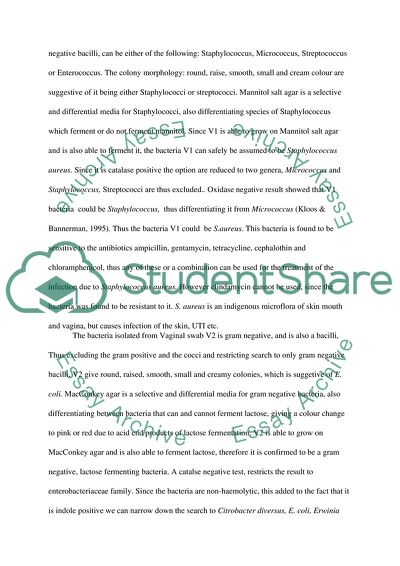Cite this document
(The Indigenous Microbiota Lab Report Example | Topics and Well Written Essays - 2143 words, n.d.)
The Indigenous Microbiota Lab Report Example | Topics and Well Written Essays - 2143 words. Retrieved from https://studentshare.org/biology/1742335-micro-biology-lab-report
The Indigenous Microbiota Lab Report Example | Topics and Well Written Essays - 2143 words. Retrieved from https://studentshare.org/biology/1742335-micro-biology-lab-report
(The Indigenous Microbiota Lab Report Example | Topics and Well Written Essays - 2143 Words)
The Indigenous Microbiota Lab Report Example | Topics and Well Written Essays - 2143 Words. https://studentshare.org/biology/1742335-micro-biology-lab-report.
The Indigenous Microbiota Lab Report Example | Topics and Well Written Essays - 2143 Words. https://studentshare.org/biology/1742335-micro-biology-lab-report.
“The Indigenous Microbiota Lab Report Example | Topics and Well Written Essays - 2143 Words”, n.d. https://studentshare.org/biology/1742335-micro-biology-lab-report.


